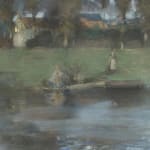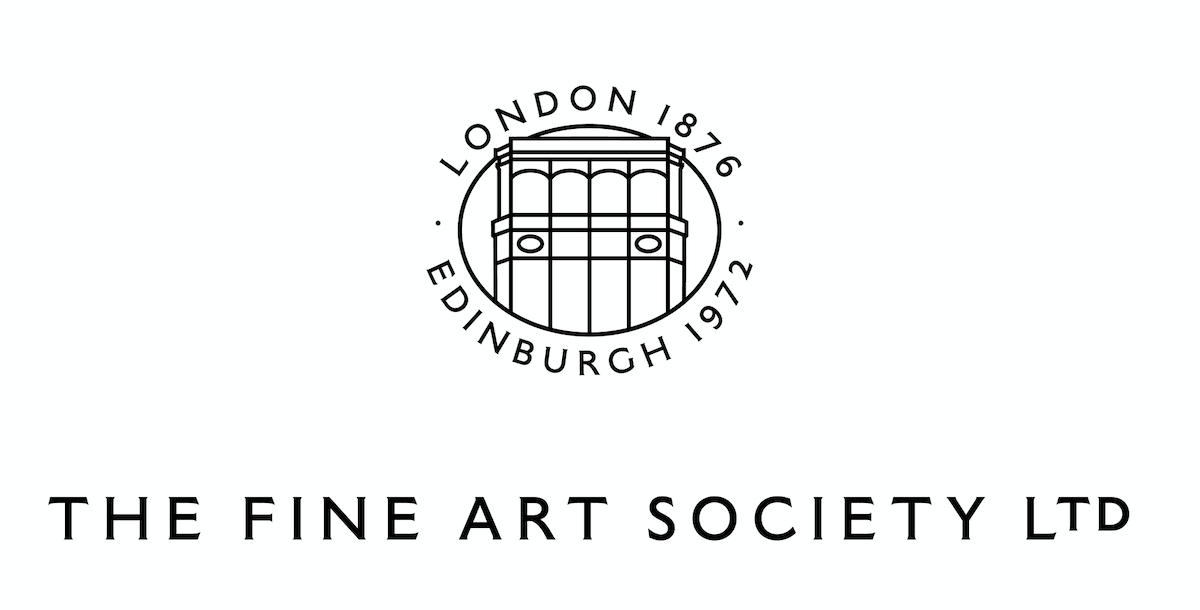-



Sir James Guthrie HRA PRSA HRSW 1859-1930
Cambuskenneth Ferry, 1888signedpastel on paper10 x 17 ½ inchesFurther images
Provenance
gifted to William G. Gardiner, the artist’s uncle and patron; thence by descent to his great nephew Dr Neil Guthrie, his son Ian Guthrie, to his first cousin






